Types of Obsessive Compulsive Disorder
All types of Obsessive Compulsive Disorder (OCD) have similarities - there are some key differences in how the symptoms show up.
Typically, OCD thoughts are focused on a particular theme such as harm, contamination, or perfection. The treatment for the different types listed below is the same, Exposure and Response Prevention and other Cognitive Behavioral Therapy strategies.
Of note - OCD is typically differentiated from anxiety by the fact that the obsessions are typically egodystonic and the person has compulsions. Egodystonic refers to the thoughts being NOT congruent with the person's values. For example, if I love my dog, but have thoughts about harming her, I would call these thoughts egodystonic.
Read below for a detailed overview of the different subtypes:
Relationship OCD - Hyperfixation on whether a relationship is "right". Obsessions include thoughts about whether I am meant to be with someone, if there is someone better, and so on. Compulsions can look like taking quizzes, spending hours on social medial/watching movies to examine the relationships of others to see if it could be better.
Harm OCD - Obsessions that I may hurt someone or that my loved ones will be hurt. Compulsions include behaviors like checking seatbelts several times when I get in the car, spending hours on google to make sure I won't actually hurt my loved one, and anything else I do to prevent the harm from occuring.
Contamination OCD - Obsessions usually are focused on fear of germs. Compulsions typically include washing hands repeatedly, avoiding public areas and excessive cleaning.
Order and Symmetry/Just So OCD - Compulsions are making things "just right" and people spend a large amount of time arranging and organizing objects. Numbers, patterns, and symmetry also play a role.
Forbidden, Harmful or Taboo Thoughts - These are thoughts such as questioning sexual orientation, feeling guilt/shame and distress about having the thoughts, obsessions about religious ideas that feel wrong, persistent sense of responsibility of causing bad things to happen. People with this subtype often seek excessive reassurance they are not a bad person and that they will not act on the intrusive thoughts. They also may engage in mental rituals or behaviors to manage the thoughts.
"Pure O" OCD is a newer term that has come up in the online community. It is not an official diagnosis - but we find it is usually in the "Forbidden, Harmful or Taboo Thoughts" category and that the compulsions are more subtle (such as mental rituals like rumination or frequent google searches for reassurance).
Looking for specialized counseling to treat any of the above? Schedule a free treatment consultation on our website.

